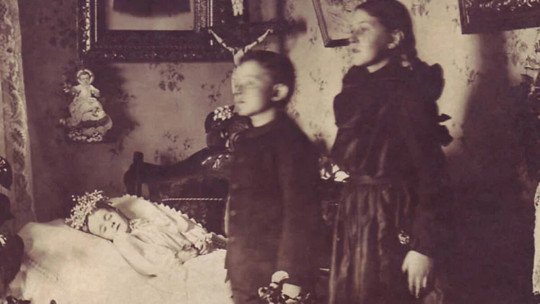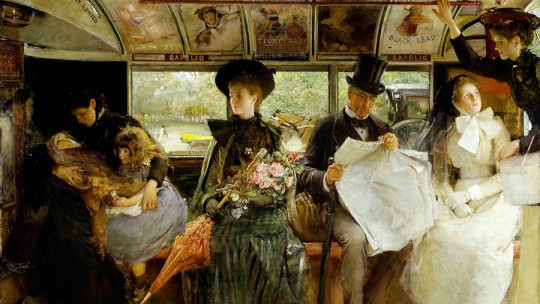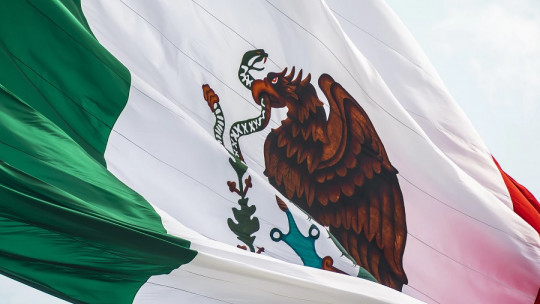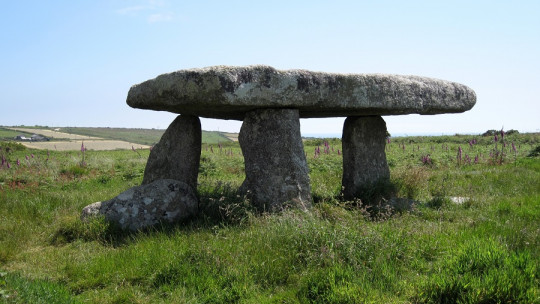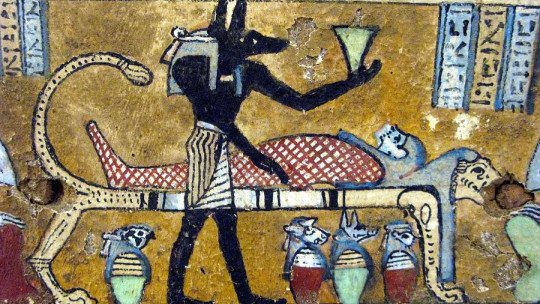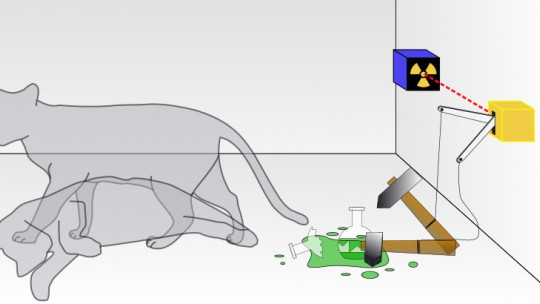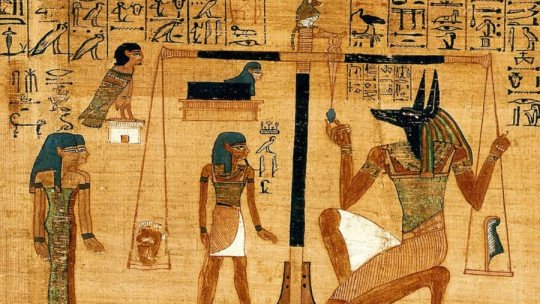You may have ever come across a photograph from the Victorian era in which some of the people depicted, elegantly dressed and surrounded by their loved ones, nevertheless possess a strange rigidity. It is no wonder; It is quite likely that the person in question is dead.
From our current perspective, at a time when physical decay and death are increasingly taboo, it is frankly difficult to imagine why our ancestors photographed their dead before burying them.. Not only is it something complicated to understand, but it can also awaken in us a certain repugnance and rejection. If you are interested in the topic, keep reading. Today we tell you about the chilling Victorian tradition of photographing the deceased: the so-called post-mortem photographs.
Victorian postmortem photos: an acceptance of death
To understand in depth the phenomenon of post-mortem (or posthumous, as cited in some sources) photography, we must immerse ourselves in a century in which mortality (especially infant mortality) continued to be incredibly high. Of the ten children a couple could have, it was likely that only half (or even less) would survive, so death was something absolutely natural between families.
However, we should not think that “custom” turned the death of a loved one into an indifferent event. Nothing could be further from reality. In fact, postmortem photos are an authentic testimony of love and devotion towards the missing person, conceived, of course, from a totally different perspective than ours.
Excessively high mortality
Let’s take some figures as an illustrative example. In Preston County (West Virginia), according to the British Parliamentary Papers, between 1837 and 1838, 68.2% of children from working-class families under one year old were still alive. Before the second year of life, 57.5% remained alive; and, before the fifth, only 44.6% had not died. In other words; More than half of infants died before reaching the age of five..
The adults didn’t fare much better either. Although the highest mortality rate occurred in childhood, in the same source we can see that only 20.4% of working class adults were over 40 years of age, and only 11.2% were over 60.
The statistics seem to be similar throughout the Western world, so we can understand that death was always present in the industrialized society of the 19th century. Much of the blame was, of course, on the living conditions (which the hard work in the factories did not improve), as well as the proliferation of still incurable diseases, such as tuberculosis, cholera or scarlet fever, among many others, and that were especially popular among the little ones.
The birth of photography
Thus, one of the reasons for understanding postmortem photography is the difference in perspective on death that exists between our ancestors and our world. While we look the other way and pretend that death does not exist, these people constantly lived with it and accepted it, despite the pain..
On the other hand, it is very important to take into account the photographic phenomenon. The first daguerreotypes (the first photography technique, which fixed the image on silver) date from the 1820s, but their use did not spread until well into the 1840s.
Still, the technique was incredibly expensive, and very few people could afford to have a daguerreotype of themselves or their loved ones. Not to mention, of course, the painted portraits, which were even more expensive and were only available to the wealthy classes..
The result was that, once death arrived, families found that they did not have any image that reminded them of the deceased and with which they could mitigate their pain. In this way, most of the time they had to make an enormous financial effort and invest in a postmortem photograph, the only way to immortalize the face of the loved one whom they would never see again.
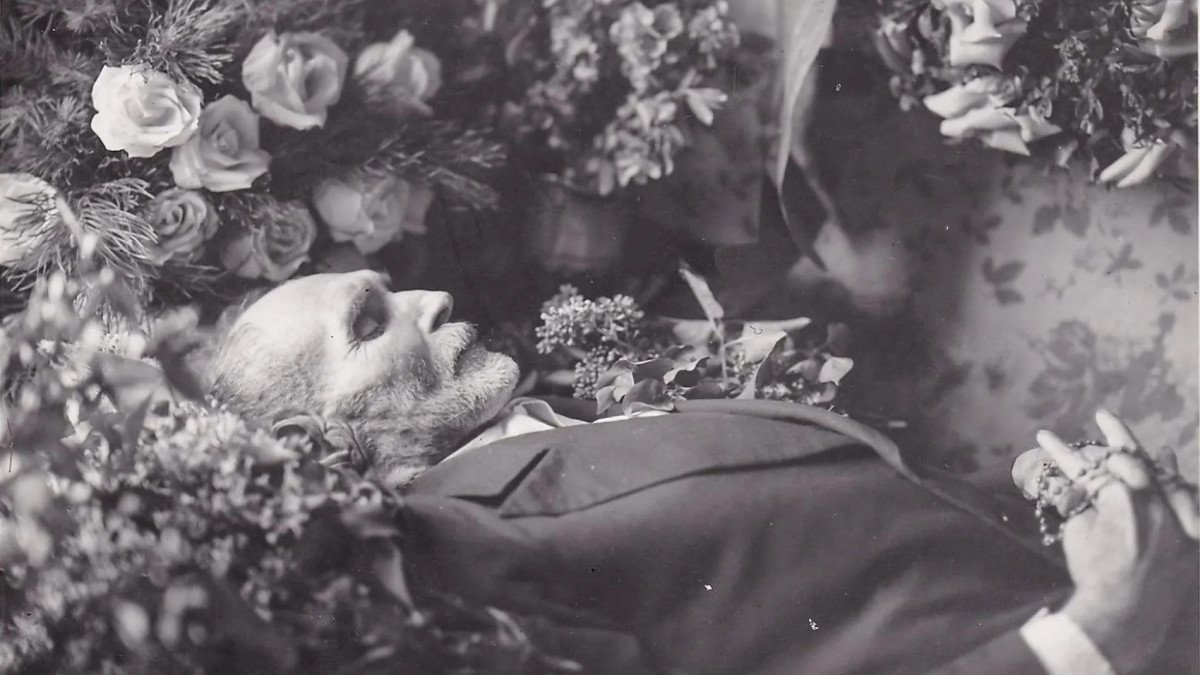
A portrait to stop time
Throughout history and in all cultures, human beings have tried to capture the image of their loved ones so that they would not disappear in the mist of eternity.. Although this increased with the arrival of individualism in the Renaissance and the rise of portraiture, we find distant examples such as the famous portraits of El Fayum, in Egypt, dating from the late ancient period and showing the faces of the deceased, captured on panel , who accompany the mummy on his journey to the afterlife.
Although this example could be considered more religious than emotional, it is a clear example of the interest that human beings have always had in stopping the advance of time and freezing an image. With death, this becomes even more pressing, due to the certainty of never seeing the face of the loved one again.
If we look closely, we also try to stop time. Currently, photography is absolutely popular; we can photograph people instantly, through our mobile. And yet, despite the immediacy, the motive remains the same: to capture that fleeting moment that will never return.
Thus, when a person dies, we have an arsenal of photographs and videos that remind us of them; all those images that we have been making in life and that will accompany us after death. It was not like that in Victorian times. As we have already pointed out in the previous section, photography was a luxury, and many people realized only before the inevitable end that they did not possess any image of the deceased. Perhaps for this reason, in a 1904 article published in the magazine Photography, the author insists on the “convenience of having the entire family photographed”… before death, of course.
Typology of postmortem photos
The 19th century is, therefore, the century of posthumous photography. In light of the testimonies that have reached us, there were 3 types of postmortem photos, which we summarize below.
1. As if he were still alive…
One of the first manifestations of this type of portrait (common in the 1840s and 1850s) was to photograph the deceased among his relatives, properly dressed, as if he were still alive. To do this, the corpse was held with a complex system of ropes and supports, it was dressed elegantly and its face was made up, with the aim of returning the life that had abandoned it..
Sometimes, it was decided to retouch the photograph afterwards, and the cheeks of the deceased were colored. If the eyes could not be kept open, the photographer painted the pupils on top of the closed eyelids, sometimes more successfully than others.
This type of postmortem portrait was the most expensive, because it represented a real waste of time and money to prepare the simulation.. In addition, it was necessary for the photographer to travel to the deceased’s house, which made the final price even more expensive.
Perhaps the most shocking thing about this type of photographs is the “naturalness” with which the dead person interacts with others. On many occasions, the result is so well obtained that it is downright difficult to know which of the people in the portrait is dead. There is, however, a clue: due to the long exposure times required to make the daguerreotype, the immobility of the deceased guaranteed greater clarity.
2. Photos of “sleeping angels”
The “sleeping” version was quite common, especially when it came to the corpses of babies and children. The most common thing was to place them in their crib or on an armchair, in a sleeping position. Sometimes, it is the parents themselves who support these little sleepers. These are images of deep emotion and possessing a strange and incomprehensible beauty..
Photographs of children “sleeping” were called “photographs of little angels,” since it was believed that children, upon dying without sin, entered limbo and from there acted as guardian angels for their parents and siblings.
3. Raw death, openly
The third typology of Victorian postmortem portraits are those that show the corpse in its bed, usually surrounded by flowers. It is about raw death, without concealment, without embellishments, without pretense. In a late period, it became popular to replace the bed with the coffin, directly. Despite the crudeness of the staging, it is difficult to point out which portraits are more disturbing, these or the first ones, in which the deceased lives “joyfully” with his relatives.
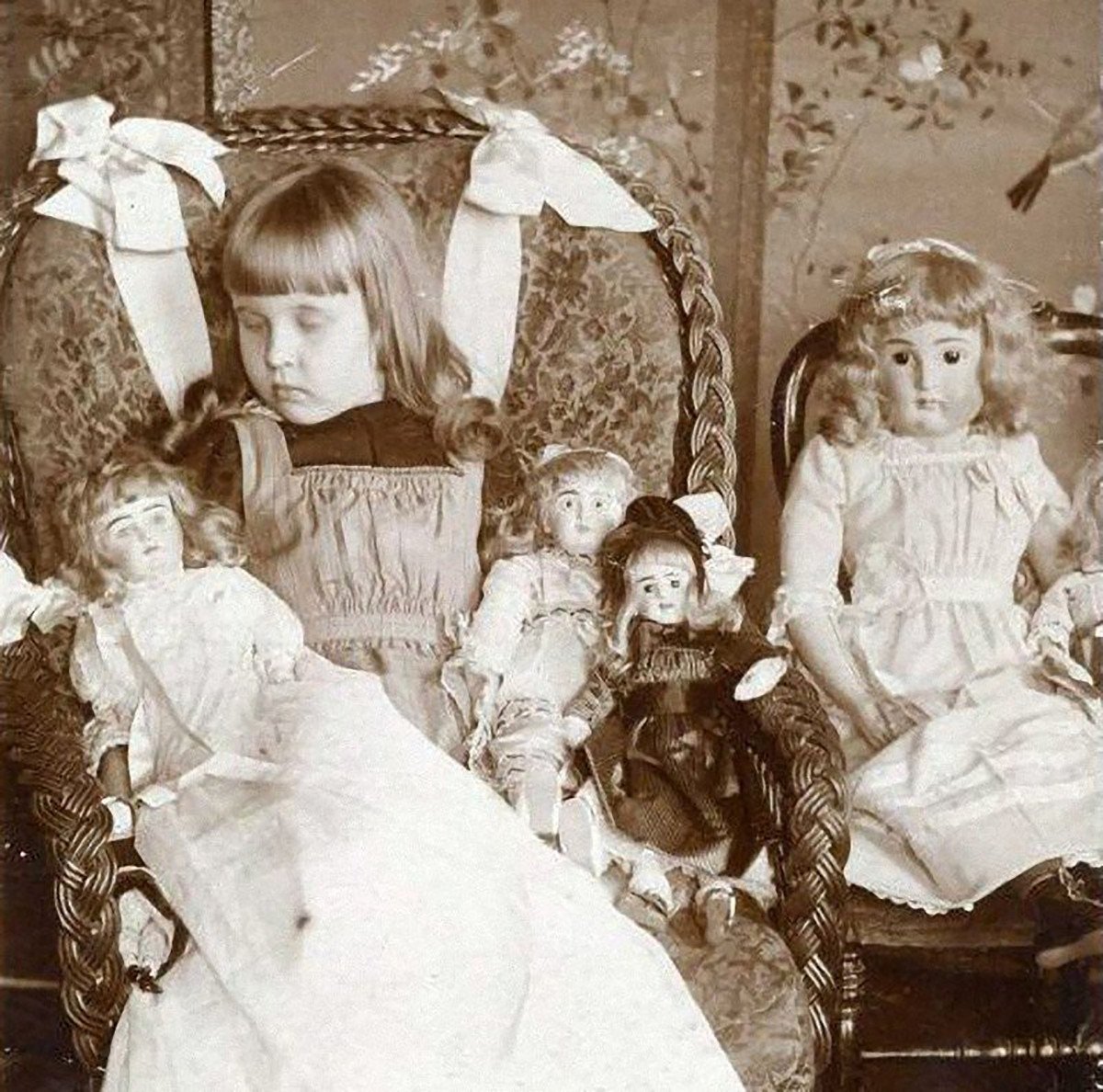
Conclusions
Victorian postmortem or posthumous photography tends to “repulse” us precisely because it is the opposite of our current feeling towards death. Nowadays we throw it out of our lives and pretend not to know it (something that advances in medicine and improved living standards have helped a lot). We can even say that our current relationship with death is completely problematic.
However, one hundred and fifty years ago people photographed their dead. First, because death was part of life, and even children came into contact with it (many portraits show the deceased baby among his siblings); and, second, because not all families could afford a portrait of their loved ones during their lifetime. The result was a photograph in extremis, to steal the image into oblivion.
In any case, the topic of postmortem portraits should make us see how far we currently are from death. And, considering that this will never cease to exist, perhaps it is time to start raising awareness.

Gabriela Sotomayor
Gabriela Sotomayor

Dr. Arodi Martinez
Dr. Arodi Martinez

Diego Rojo & Team
Diego Rojo & Team

Maria Sol Stagnitto
Maria Sol Stagnitto

